Ever heard of Molise? If not, don’t worry—you’ve got plenty of company. Tucked between the better-known Abruzzo and Puglia in Southern Italy, Molise often pops up as the region that “doesn’t exist.” This little spot, officially established in 1963 after splitting from Abruzzo, just might be Italy’s best-kept secret. Its untouched 35-kilometer Adriatic coastline, deep history, and seriously delicious food rarely even get a mention in travel guides.
On my latest trip through Southern Italy, I found Molise almost by accident. What I stumbled on was a landscape full of wild beauty, with none of the tourist crowds you get in more famous places. Locals greeted me with genuine warmth, eager to share traditions and foods that are truly Italian and blissfully untouched by big tourism.
If you want Italy like it used to be—think ancient villages clinging to hillsides, family trattorias serving old recipes, and Roman ruins you can explore alone—Molise is worth a look. This forgotten gem brings together everything travelers crave: stunning scenery, incredible food, rich history, and a kind of authenticity that’s getting rare these days.
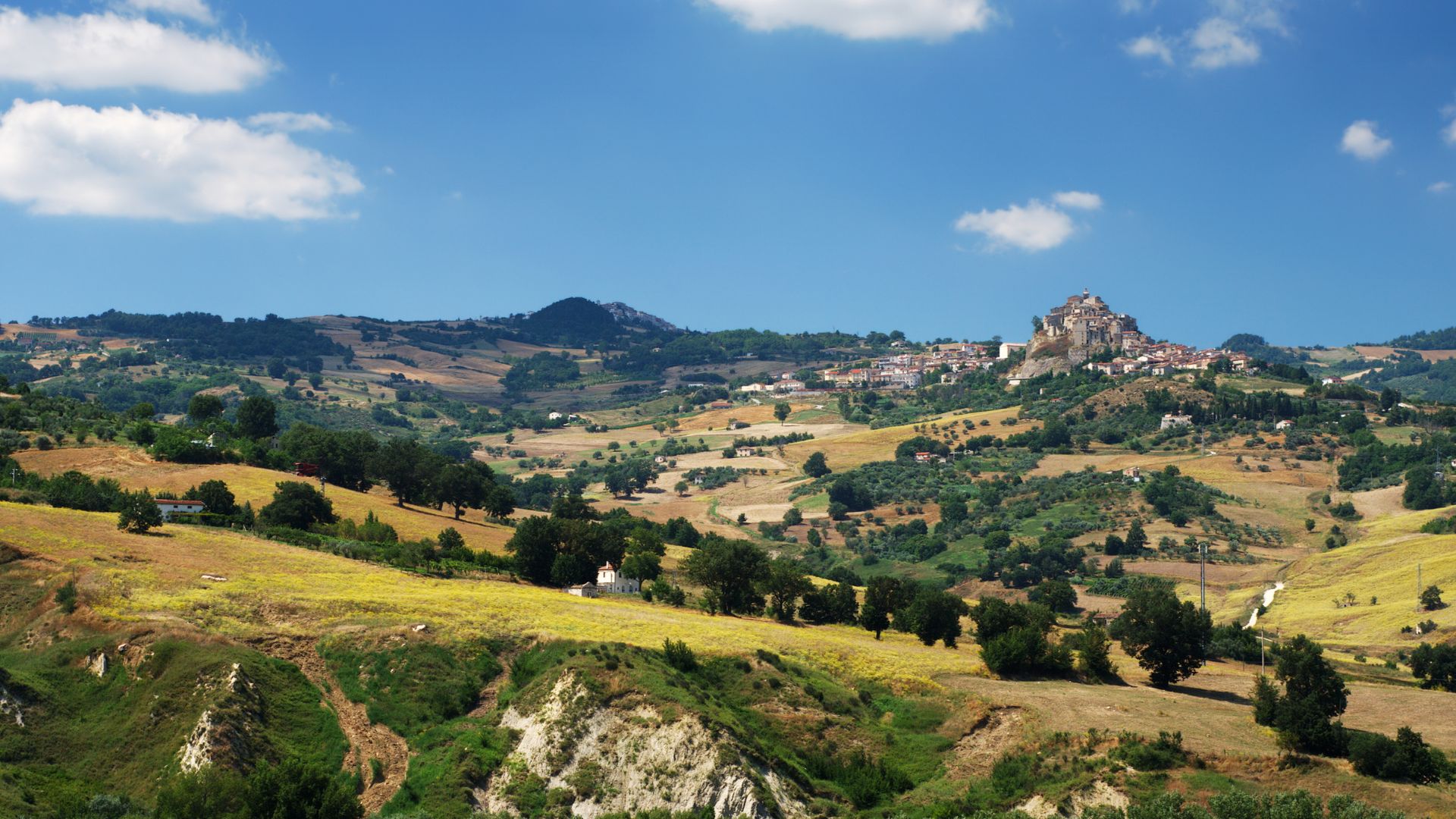
Where Is Molise: The Geography and Soul of Italy’s Overlooked Region
Hidden in the heart of Italy, Molise somehow manages to stay under the radar. This tiny region blends mountains, countryside, and coastline into a surprisingly diverse little package.
Location and Borders
Molise sits in south-central Italy, wedged between Abruzzo to the north and Puglia to the southeast. With just 4,438 square kilometers, it’s one of Italy’s smallest regions. When I first showed up, I couldn’t believe how quickly I could drive from one side to the other.
To the east, Molise touches the Adriatic Sea, giving it about 35 kilometers of beautiful coastline. On the west side, it borders Lazio, and Campania nudges its southern edge. Unlike Tuscany or the Amalfi Coast, Molise escapes the crowds.
People in Italy often joke that “Molise doesn’t exist” because most travelers skip it. Before 1963, it was actually part of the Abruzzi region, so it’s Italy’s second-youngest region.
Natural Landscapes and the Adriatic Coast
For such a small place, Molise’s landscape packs a punch. The west has the Apennine Mountains, with peaks soaring over 2,000 meters. These mountains set a dramatic scene, with old forests of oak and beech where wolves and bears still roam.
The center shifts to rolling hills dotted with olive groves and vineyards. I’ve spent hours winding down these country roads, stopping at tiny farms to sample local cheese and wine.
The Adriatic coast feels like a secret. Even in summer, the beaches stay uncrowded. Termoli, a fishing town with medieval walls and golden sand, serves as the main coastal hub. Unlike packed Italian resorts, Molise’s beaches are peaceful, with clear blue water.
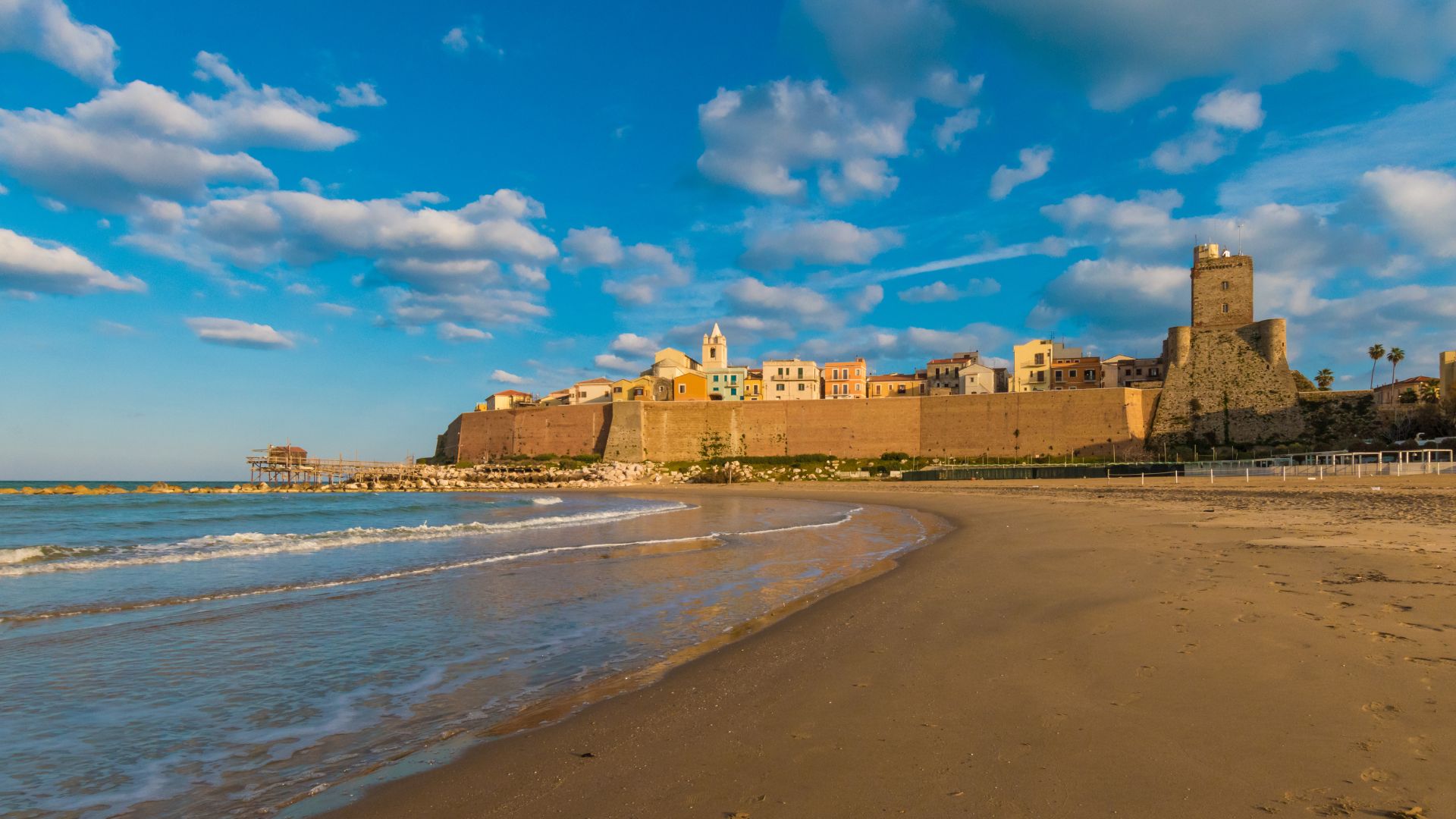
Distinctive Climate and Seasons
Molise’s weather depends on where you are. The coast gets classic Mediterranean weather—hot, dry summers and mild, wet winters. When I visited Termoli in July, it hit 30°C (86°F) most days, perfect for lazy beach afternoons.
Head inland, and the mountains bring colder winters and cooler summers. In January, snow covers the higher elevations, so you can go skiing—who knew, right?
Spring and autumn are probably the best times to visit. In May and September, the weather feels just right, wildflowers or autumn leaves fill the countryside, and villages come alive with harvest festivals.
Thanks to this mix of climates, you can visit Molise year-round. Each season shows off a different side of the region.
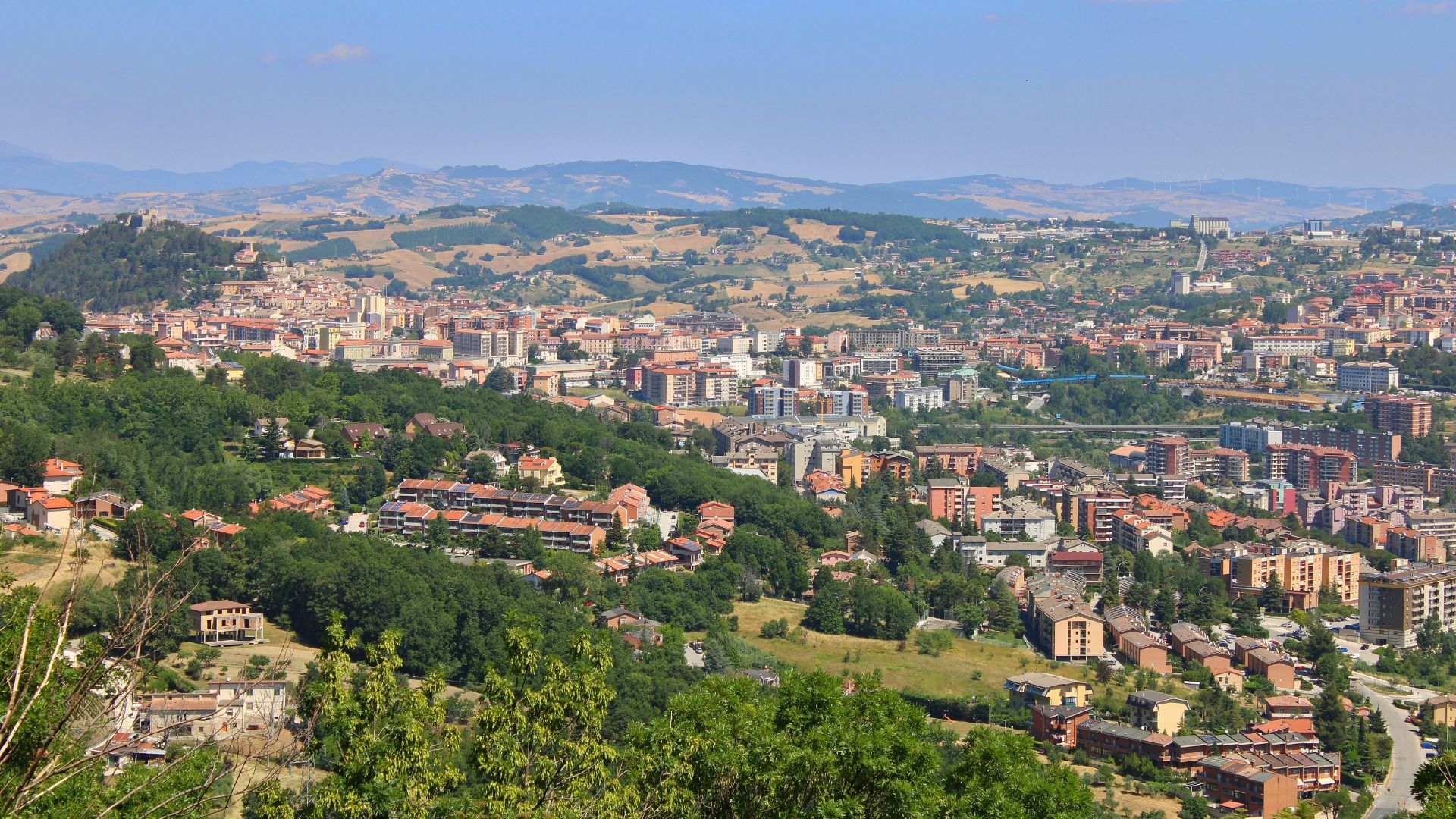
Heritage, Customs, and Traditions: The Living Identity of Molise
Molise might be Italy’s quietest region, but its culture runs deep. People here hold onto traditions shaped by centuries of farming, religious celebrations, and hands-on craftsmanship.
Ancient Roots and Human Settlement
I couldn’t believe Molise’s history stretches back to the Paleolithic era. Sites like Isernia La Pineta show people lived here over 700,000 years ago!
The Samnites, Romans, and Lombards all left their marks. In towns like Larino and Saepinum, I wandered through Roman ruins that still whisper stories from the past.
What really grabbed me was how Molisani keep their Samnite roots alive. Festivals and museums celebrate these ancient warriors, and I noticed old symbols woven into modern ceremonies.
In the mountains, village layouts still follow medieval patterns. Narrow streets wrap around central piazzas, making it feel like time has barely moved.
Local Customs and Festivities
I planned my trip to catch some of Molise’s colorful festivals. These events reveal more about local life than any guidebook.
Religious processions are a big deal. During La Carrese in May, I joined the crowd to watch ox-drawn carts race between towns—a centuries-old tradition mixing faith and farming.
The Ndocciata in Agnone blew me away. Every December, locals carry massive wooden torches through the streets in an ancient fire ritual. The flames lighting up the medieval town felt almost magical.
Most festivals tie into the farming calendar. I helped out at a grape harvest in September, where families pressed wine the old-fashioned way.
Music fills these celebrations, too. The zampogna (Italian bagpipes) rings out across mountain villages, especially during Christmas.
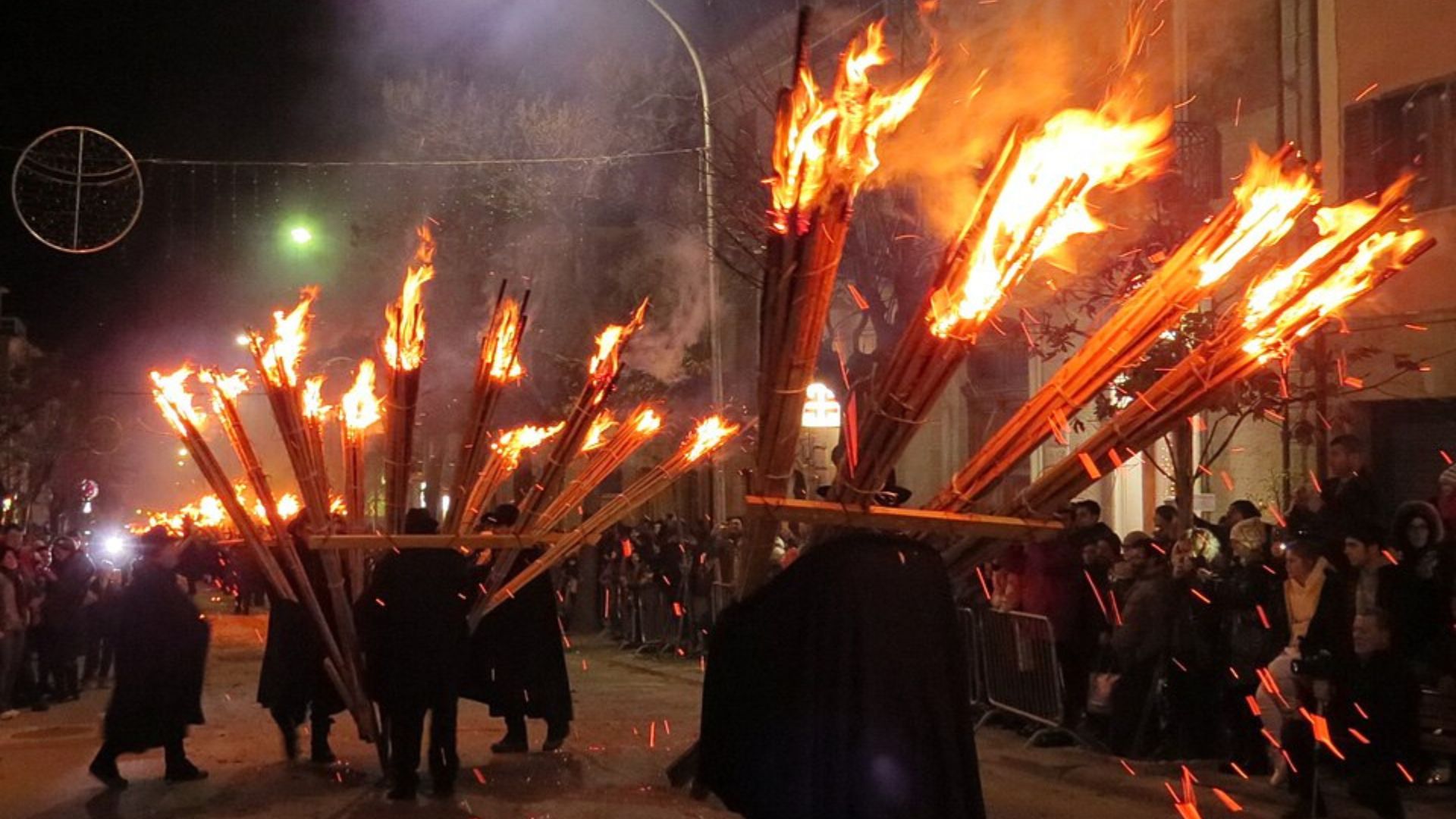
Preservation of Identity and Ancestry
One thing that stood out: locals fiercely protect their dialects. Molisano Italian changes wildly from one village to the next—it’s a living link to the region’s history.
Family stories get passed down at Sunday lunches. I listened as grandparents shared tales of rural life before modern times, making sure the younger generation knows where they come from.
Some communities have kept unique ethnic identities alive. In Acquaviva Collecroce, I met Croatian-speaking locals who’ve held onto their language since the 1400s.
Traditional dress still appears for special occasions. Embroidered women’s outfits and men’s caps and vests show off patterns unique to each town.
Molise’s isolation, once seen as a drawback, actually helped save customs that faded elsewhere.
Artisanal Crafts and Culinary Heritage
Molise’s food traditions come straight from its pastoral roots. I tasted caciocavallo cheese made by shepherds using ancient techniques. They hang the cheese to age like saddlebags on horses—hence the name.
In Agnone, I watched bell-makers at the Marinelli foundry, a family business since the 14th century. Artisans carve blessings into molten bronze using the same methods as their ancestors.
Textile arts still thrive in the mountains. Women create lace and embroidery with patterns unique to their villages—each piece tells you where it’s from.
Food and seasons go hand in hand. At a grape harvest, we cooked sagne e fagioli—hand-cut pasta with beans—using a recipe older than anyone could remember.
Wild foraging is still a thing. Locals taught me how to spot edible mushrooms and herbs, passing down knowledge the old way instead of relying on cookbooks.
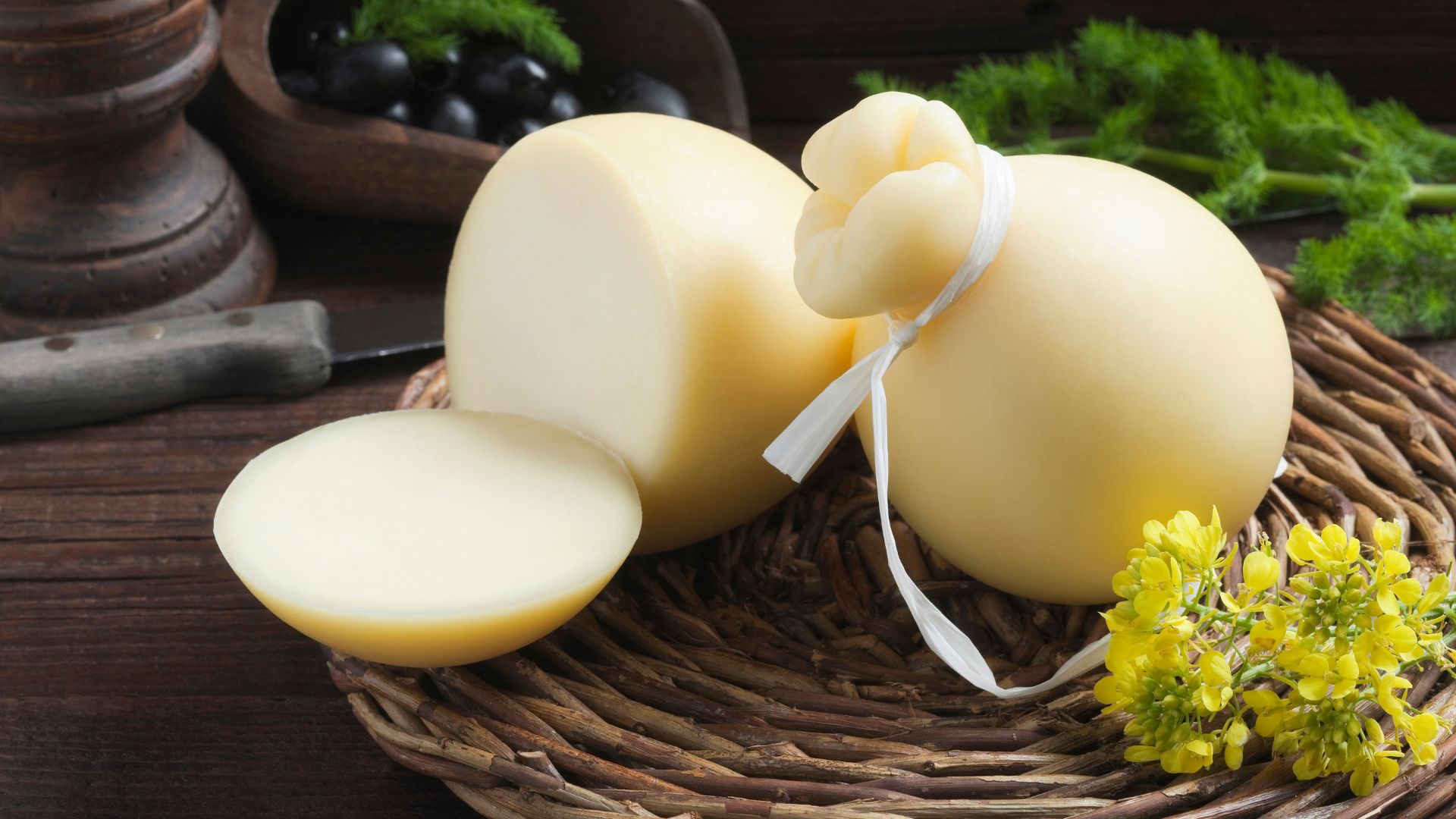
Comparing Molise: Why It’s Different from Italy’s Famous Regions
Molise stands apart from Italy’s headline destinations. It gives you the real Italian experience—minus the crowds and touristy gloss.
Molise Versus Tuscany and Sicily
Tuscany is all about Renaissance art and famous wines. Sicily has dramatic coasts and ancient temples. Molise, though, wins you over with its quiet charm.
Tuscany’s rolling hills are covered in vineyards, making Chianti, but Molise’s Tintilia grape produces bold reds you won’t find anywhere else.
Sicily’s Greek temples attract busloads of tourists. When I visited Molise’s Roman ruins at Saepinum, I had the place almost to myself.
And the prices? A meal in Tuscany can cost twice as much as in Molise. My dinner in Campobasso—a plate of handmade cavatelli—tasted as good as anything I’ve had in Florence, but for a fraction of the price.
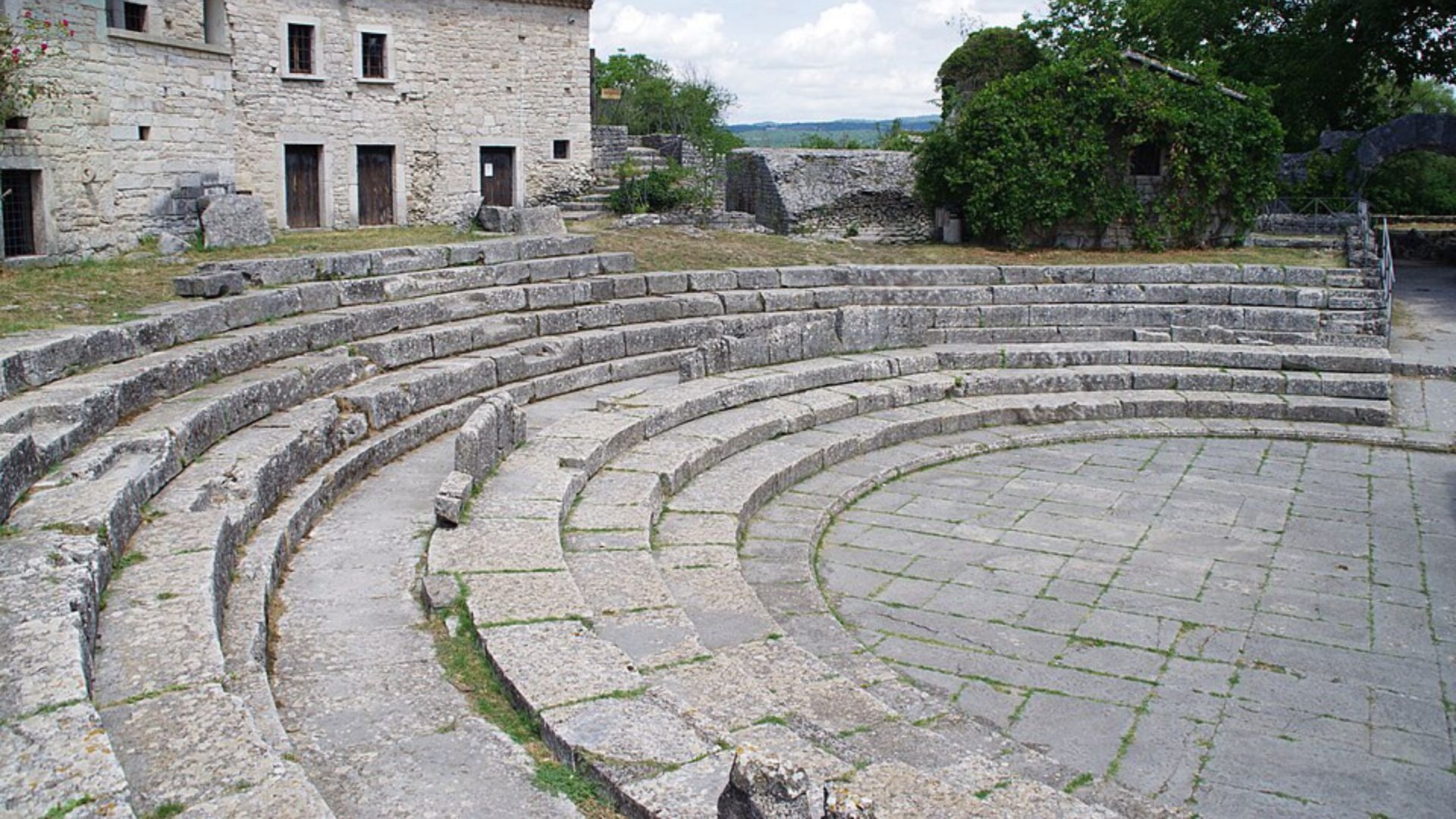
Neighbouring Regions: From Abruzzo to Umbria
Molise broke away from Abruzzo in 1963. Both regions share rugged scenery and hearty food, but Abruzzo’s been getting more attention lately.
When I hiked in both, Abruzzo’s trails had signs in several languages, and I bumped into tour groups. Molise’s paths were just as beautiful, but I mostly met local shepherds.
Umbria calls itself “Tuscany without the crowds,” but even there, towns like Assisi see plenty of tourists. In Molise, villages like Oratino and Fornelli keep their authentic vibe—no souvenir shops in sight.
Food traditions shift as you move:
- Abruzzo: Spicy peppers and lamb
- Umbria: Truffles and pork
- Molise: Caciocavallo cheese and unique pasta shapes
The Northern Italian Connection
Northern regions like Lombardy and Piedmont highlight Italy’s industry and Alpine beauty. Molise feels like another world.
Milan’s fast pace and fashion scene couldn’t be further from Molise’s slow rhythm. In Termoli, the main coastal town, locals still take long lunch breaks and stroll together in the evenings.
Turin shines with royal squares and museums, but Molise’s castles, like Castello Monforte, tell quieter stories. No velvet ropes or audio guides here—just history you can touch.
Northern food leans on risotto and polenta. In Molise, it’s all about pasta and dishes rooted in farming, not global trade.
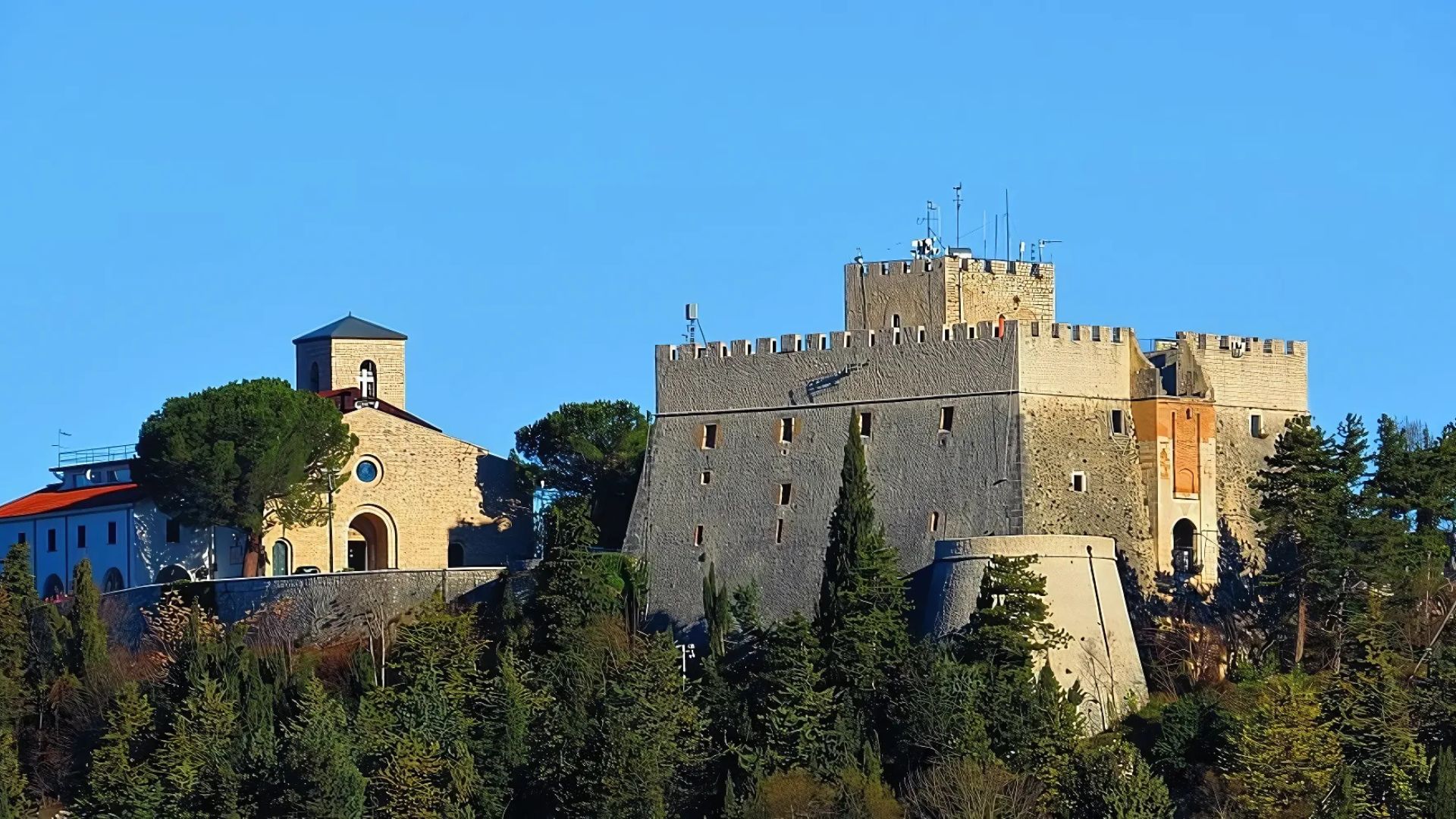
Life in Molise: Village Charm, Migration Stories, and Community Spirit
Molise’s heart beats in its villages and the people who stick around. Behind those stone walls, I found a lively spirit shaped by tradition, migration, and community ties that never really broke.
Daily Life in an Italian Village
Walking through a Molisano village feels like stepping back in time. I wake up to church bells echoing off cobblestone streets, then watch the day begin as older men gather in the piazza for espresso and animated chats. Shopkeepers set out fresh produce from nearby farms.
Life moves at a different pace here. Afternoons slow down for riposo, and families come together at night for long, laughter-filled meals. I’ve been lucky enough to join these feasts, where homemade pasta, local cheeses, and stories are always on the table.
Festivals show off the region’s spirit. During patron saint days, I’ve seen whole communities pitch in—decorating streets, cooking traditional dishes, and performing folk dances that have been passed down forever.
The Legacy of Migration and Emigration
Molise carries the deep marks of emigration. Between 1880 and 1980, nearly half the people here left for better lives abroad—mainly in America, Canada, and Europe.
This mass departure left “ghost villages” behind. The International Organization for Migration (IOM) has tracked this all over Molise.
You see the migration story everywhere. Family photos show relatives in New York or Toronto. Many houses sit empty except in summer, when descendants come back for a visit. The local economy still relies on money sent from abroad.
Still, Molisani hold tight to their roots. Museums dedicated to emigration share moving stories of sacrifice and success across the ocean.
Returning to Roots: Stories of Molise Migrants
I’ve met people coming back to Molise after generations away. Giuseppe, whose grandparents left for Chicago in the 1950s, fixed up his family’s old house. “I feel more connected here than anywhere else,” he told me, showing off his olive grove.
Remote work has changed things. Young professionals with Molise roots can now keep their jobs while living here. Maria runs her graphic design business from her grandmother’s village home, balancing modern work with old traditions.
These returnees bring new life and ideas. They’re opening small hotels, organic farms, and cultural centers that honor the past while looking to the future. Local initiatives even invite diaspora members to explore their ancestry through genealogy workshops and hands-on experiences.
The stories of those returning help heal old wounds and breathe new energy into villages that refuse to fade away.
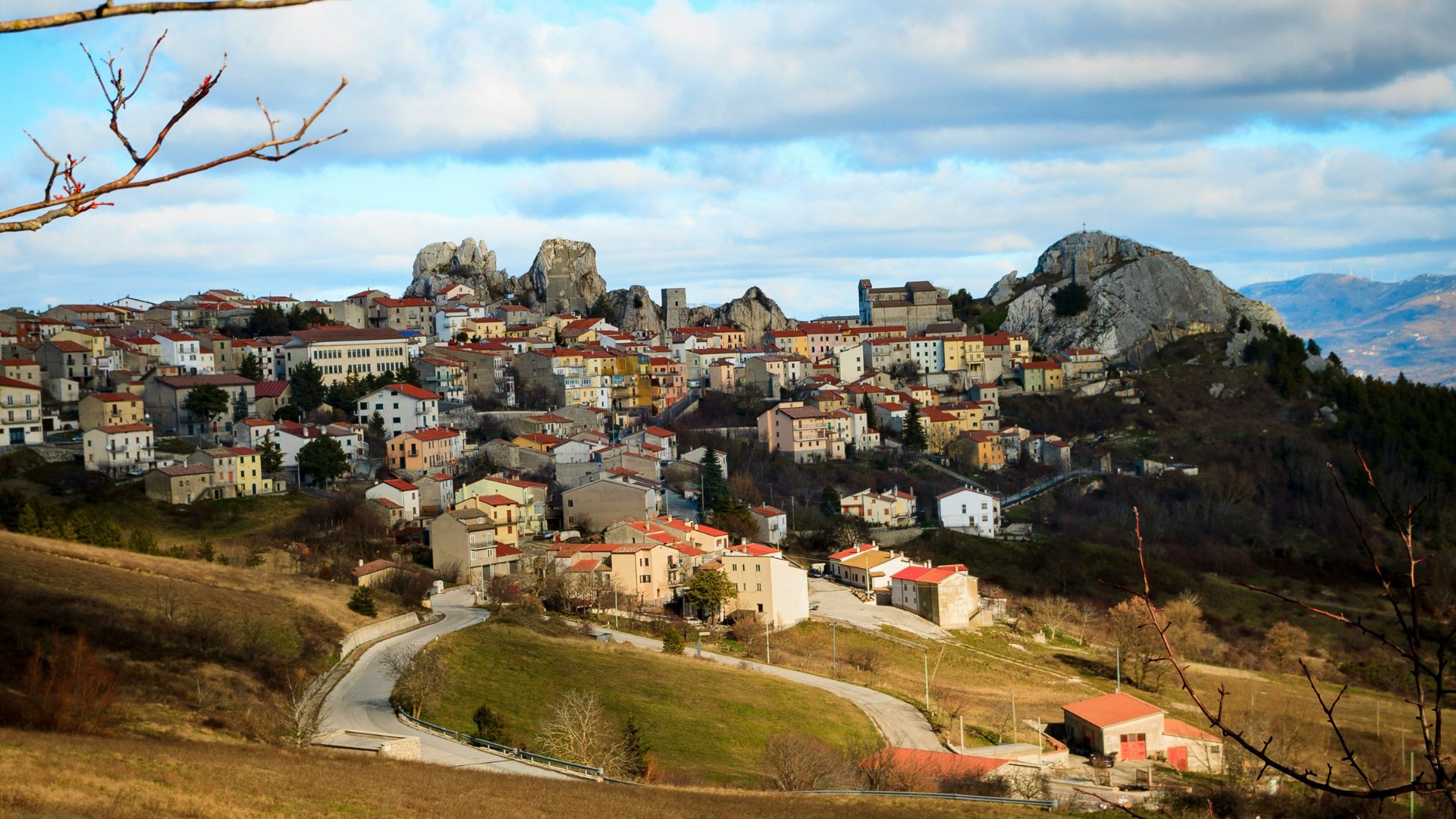
Authentic Adventures: From Ski Resorts to Hidden Shelters
Molise packs in a surprising range of outdoor adventures for anyone willing to look beyond Italy’s usual hotspots. From snowy slopes to rustic mountain shelters, this region delivers real experiences—no crowds, no fuss.
Winter Sports and Lesser-Known Ski Resorts
I found out Molise has several ski resorts that stay blissfully quiet, even in peak season. Campitello Matese is the top spot, with over 40 kilometers of slopes for all levels.
What caught me off guard? The prices are about half what you’d pay in the Dolomites, but the views are just as good.
Capracotta, another place I visited, claims to be Italy’s oldest cross-country skiing school. Sitting at nearly 1,500 meters, it’s a safe bet for snow from December to March.
Locals pointed me to Guglionesi for beginners. Instructors are patient, and lessons are reasonably priced. The family-run lodges nearby give you that warm Italian welcome that’s hard to find in bigger resorts.
Shelters and Retreats in the Molise Mountains
I spent some unforgettable nights in mountain refuges scattered across Molise’s highlands. These range from basic stone huts to renovated farmhouses with just enough comfort.
At Rifugio Campitello, perched at 1,800 meters, I ate the best homemade pasta of my trip. The caretaker, Marco, cooks with his grandmother’s recipes using local wild ingredients.
If you want real peace, try the shepherd huts near Monte Campo. These old shelters have been fixed up, blending tradition with a few modern touches for overnight stays.
Many of these refuges connect via marked hiking trails. You can do multi-day treks without lugging heavy camping gear. The routes through Matese Regional Park offer sweeping views of mountains and, on clear days, the distant Adriatic.
Exploring Off-the-Beaten-Track Destinations
My wanderings in Molise took me to villages that barely show up on maps. Pietrabbondante’s ancient Samnite ruins sit high on a rocky ledge, and I had the place to myself.
Cycling along the Trigno River Valley, I rolled into small towns where people welcomed me in for spontaneous meals. The hospitality here isn’t about tourism—it’s just how life works.
A visit to Agnone’s bell foundry gave me a front-row seat to centuries-old bronze casting. The tour felt personal and relaxed, a far cry from Italy’s busier attractions.
Nature lovers should check out the wetlands near Termoli. I spotted rare birds that my guide said are disappearing from other parts of the Adriatic.
The ancient tratturi—sheep tracks—make perfect hiking paths between mountain villages. Shepherds have used these routes for over 2,000 years, and walking them feels like stepping into history.

